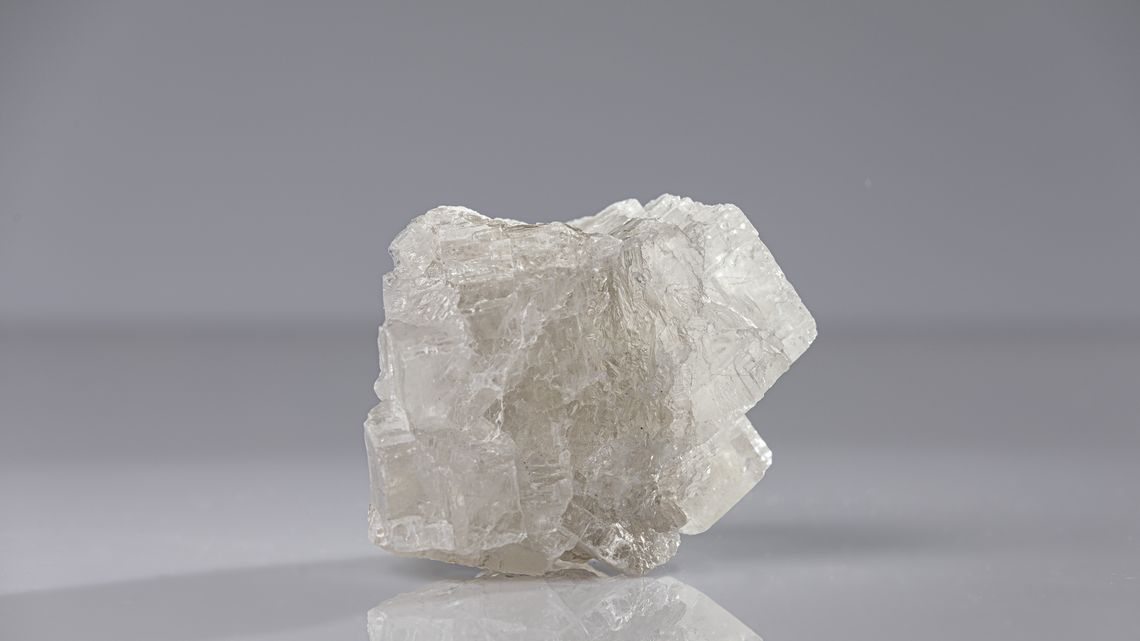
VerA, Phase II
Compensation of the fractured zone in the salt mine (VerA) Phase II - Generation of crack systems in a fractured zone at the grain size scale and transfer of results to the macro level for simulation of an injection process
The excavation damaged zone (EDZ) is a region where micro structural damage occurs mainly through micro fractures which increases the permeability of the initially tight rock salt and thus compromises the sealing function of the geotechnical barrier. It is expected that the permeability decreases due to sealing/ healing processes. However, these processes cannot be quantified, neither in terms of speed nor in terms of their impact on permeability. Hence, the improvement of the excavation damaged zone by grouting is mandatory to meet the requirement of the sealing function. The content of the project is thus directly linked to the first phase of the project VerA with the aim to simulate the damage processes and associated increased permeability in the EDZ using numerical models. Discontinuum models were used that are based on the microstructure of rock salt and can simulate the mechanical and hydraulic processes taking place at grain scale. In the current phase, the discontinuum models should be improved in terms of accuracy. More generally, the aim is to improve the mechanical behaviour of the discontinuum model, to generate realistic fracture networks occurring in the EDZ, and to upscale the information gained from discontinuum modelling. Combined acoustic emission and uniaxial compression tests were carried out to break down the macroscopic behaviour micromechanically and to provide a basis for parameter calibration. This way, the relevant deformation and fracture processes could be simulated, and realistic fracture networks could be generated at least in a small area of the drift contour. Additionally, the hydraulic conductivity tensor of the fracture systems that have already been generated was investigated by simulating the flow under different hydraulic head directions. For the first time, this allows the specification of directional dependant (anisotropic) permeability values that can be used as input parameters for large-scale modelling. A further part of the study is about the long-term stability of liquid silica improved rock salt. It could be shown that in a saline environment, the silicate is insoluble in saturated brines, transforms over time into stable crystalline SiO2-phases and forms stable MOC-phases in the presence of Mg2+. Laboratory results to verify the suitability of silicate to act as a chemical barrier against repository-relevant elements show that amorphous silicate may act as a chemical barrier for specific elements in the saline environment.
Contact
Research & Development
info@bge-technology.de
Short Infos
Runtime: 2012 - 2015
Client:
Bundesministerium für Umwelt, Naturschutz, nukleare Sicherheit und Verbraucherschutz (BMUV) vertreten durch das Karlsruher Institut für Technologie, beauftragter Projektträger Karlsruhe PTKA
Funding Code:
02E11082

